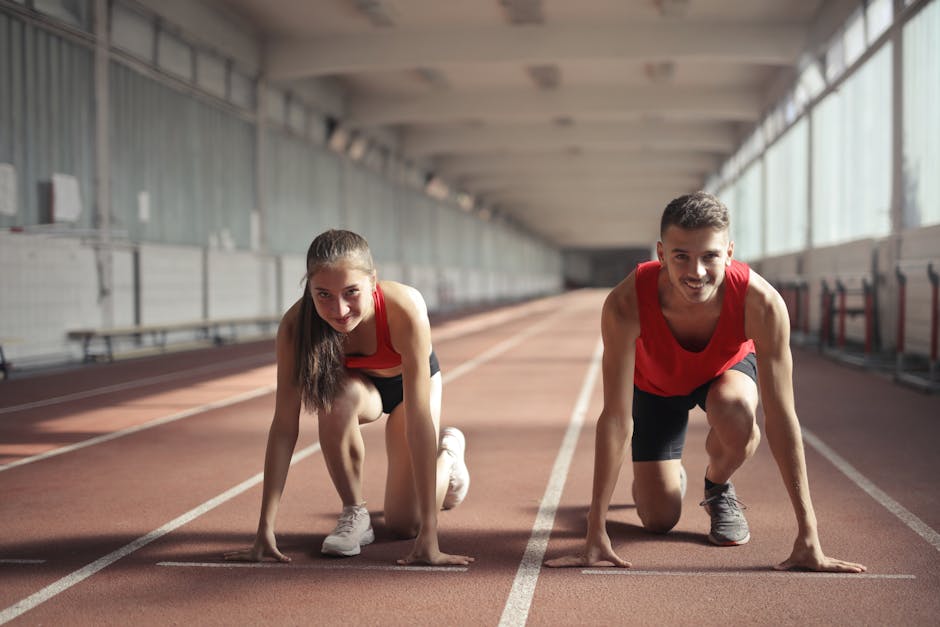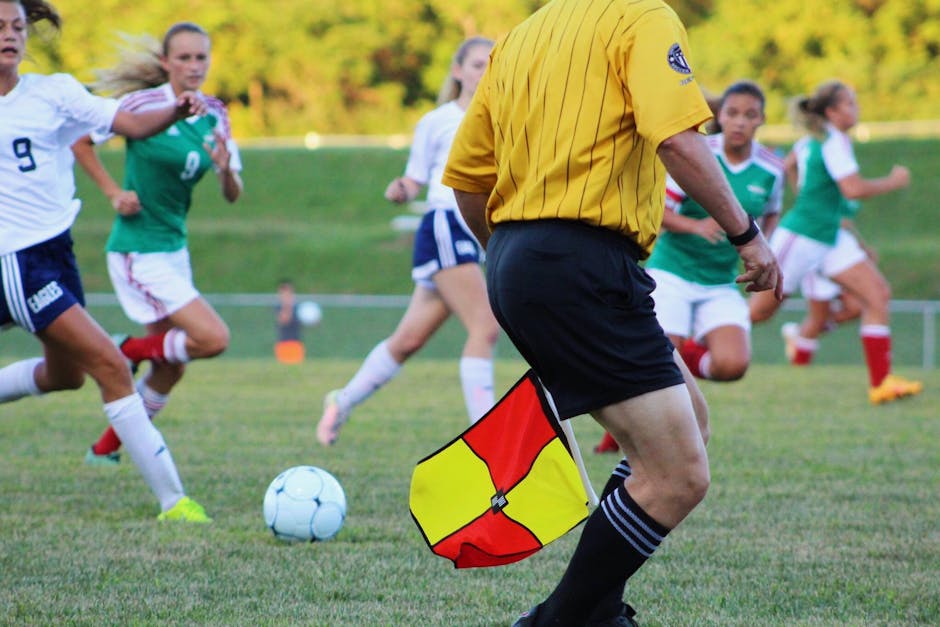Why Quality Matters: a Deep Dive Into Professional Sports Event Photography
Are you ready to step into the captivating world of professional sports event photography? Get ready to dive deep into the artistry and technical skills required to capture those breathtaking moments on the field.
In this article, we will explore why quality matters and how it can make all the difference in creating stunning images. From essential equipment to post-processing techniques, we’ll equip you with the knowledge to stay ahead in this competitive field.
Get ready to unleash your creativity and take your sports photography to new heights.
Key Takeaways
- High-quality images in sports event photography enhance the viewing experience and contribute to fan engagement.
- Captivating visuals attract sponsors and generate excitement for events.
- High-quality images allow fans to relive and share their favourite moments, strengthening their bond with the sports they luv.
- Technical skills, equipment, artistry, and post-processing techniques are essential for achieving high-quality images in sports event photography.
The Impact of High-Quality Images

When it comes to professional sports event photography, the impact of high-quality images can’t be overstated in capturing the intensity and excitement of the game for you as a viewer. Not only do high-quality images enhance your viewing experience, but they also have immense marketing potential and contribute to fan engagement.
In today’s digital age, where social media platforms dominate, high-quality images are crucial for effective marketing. Sports teams and organisations rely on captivating visuals to promote their events, attract sponsors, and engage with fans. A well-captured image can convey the energy and passion of a sports event, enticing potential attendees and generating excitement.
Moreover, high-quality images play a significant role in fan engagement. They allow fans to relive and share their favourite moments from the game, fostering a sense of connexion with their favourite teams and athletes. These images become social currency, sparking conversations and fuelling the enthusiasm of supporters. Whether it’s a stunning action shot or a candid moment of celebration, high-quality images have the power to evoke emotions and strengthen the bond between fans and the sports they luv.
Technical Skills for Capturing Sports Action

To capture dynamic sports action, you need to master the art of freezing the perfect moment with your camera. Capturing sports action requires specific techniques to ensure you don’t miss a crucial play or expression. One essential skill is understanding the right capturing techniques.
Sports photography is fast-paced, and you need to anticipate the action and be ready to press the shutter at the right moment. Continuous shooting mode can be helpful in these situations, allowing you to capture a series of shots to choose from later.
Lighting challenges can also pose a significant obstacle when capturing sports action. Sports events often take place in large stadiums or outdoor arenas, where lighting conditions can be unpredictable. To overcome this, it’s crucial to understand how to adjust your camera settings accordingly. For example, you may need to increase your ISO to obtain a faster shutter speed in low light situations. Additionally, using a lens with a wide aperture can help you capture sharp images even in challenging lighting conditions.
Mastering the technical skills for capturing sports action is just the first step in becoming a professional sports photographer. To take your photography to the next level, it’s essential to have the right equipment. In the next section, we’ll explore the essential equipment for professional sports photography and how it can enhance your ability to capture those breathtaking moments on the field.
Essential Equipment for Professional Sports Photography

Once you have mastered the technical skills for capturing sports action, it’s time to equip yourself with the essential gear that will elevate your professional sports photography. The right equipment can make all the difference in capturing those critical moments and delivering high-quality images.
First and foremost, you’ll need a camera with a fast autofocus system and high burst rate. This will allow you to capture the fast-paced action without missing a beat. Additionally, having a camera with a high ISO range will enable you to shoot in low-light situations, such as indoor arenas or nite games.
Next, invest in a variety of lenses to cover different focal lengths. A telephoto lens with a long reach will allow you to get close-up shots of players on the field, while a wide-angle lens can capture the entire field or stadium.
To ensure sharp images, consider using a sturdy tripod or monopod to stabilise your camera. This becomes especially important when shooting with longer telephoto lenses.
Lastly, familiarise yourself with camera settings and shooting techniques specific to sports photography. Experiment with different shutter speeds to freeze or blur the action, and adjust your aperture to control depth of field. Additionally, shooting in continuous autofocus mode can help you track moving subjects more effectively.
By investing in the right equipment and mastering the necessary camera settings and shooting techniques, you’ll be well on your way to capturing stunning sports photographs.
Transitioning into the next section, let’s explore the artistry of sports event photography.
The Artistry of Sports Event Photography

To capture truly impactful sports event photographs, it’s essential to embrace the artistry that comes with this unique form of photography. A photojournalistic approach is often used in sports event photography, as it allows the photographer to tell a story through their images. The goal isn’t just to capture the action, but to also capture the emotions and energy of the event.
One way to achieve this is by focussing on the athletes’ expressions and body language. A great sports photograph can convey the determination, joy, or disappointment felt by the athletes in that moment. By capturing these emotions, the photograph becomes more than just a record of an event, it becomes a visual representation of a story.
Composition is another important aspect of sports event photography. By carefully considering the placement of the subjects within the frame, the photographer can create a more dynamic and visually appealing image. This might involve using leading lines to draw the viewer’s eye to the main subject, or capturing the decisive moment when all the elements come together perfectly.
Post-Processing Techniques for Stunning Results

Enhance your sports event photographs with effective post-processing techniques. Creative editing and workflow optimisation are key elements to achieving stunning results. By utilising these techniques, you can take your sports event photography to the next level and create images that truly stand out.
To help you understand the importance of post-processing and how it can enhance your photographs, let’s take a look at the following table:
| Technique | Description |
|---|---|
| Colour Correction | Adjusting the colours to ensure accuracy and vibrancy |
| Exposure Adjustment | Balancing the brightness and darkness to enhance overall lighting |
| Sharpening | Enhancing the details and crispness of the image |
These techniques are just a few examples of what can be done during the post-processing stage. It’s important to experiment and find your own style to make your images unique.
In addition to creative editing, workflow optimisation is crucial for efficient post-processing. This involves organising your files, using presets, and utilising batch processing to streamline your editing process. By optimising your workflow, you can save time and focus more on the creative aspects of post-processing.
Staying Ahead in the Competitive Field

By continuously adapting and learning new techniques, you can stay ahead in the competitive field of professional sports event photography. In addition to honing your photography skills, there are other strategies you can employ to maintain a competitive edge.
Networking opportunities play a crucial role in the world of professional sports event photography. Building relationships with event organisers, fellow photographers, and industry professionals can open doors to new opportunities. Attend industry conferences, workshops, and trade shows to meet like-minded individuals and expand your network. Collaborating with others can lead to referrals and partnerships that can help you stay ahead.
Marketing strategies are also essential for staying competitive. Develop a strong online presence through a website and social media platforms dedicated to showcasing your work. Regularly update your portfolio with your best shots from recent events. Engage with your audience by posting behind-the-scenes content and sharing your knowledge through informative blog posts or videos. Consider investing in targeted advertising campaigns to reach potential clients and sponsors.
To stay ahead in the competitive field of professional sports event photography, continuously adapt and learn, leverage networking opportunities, and implement effective marketing strategies. These efforts will help you stand out from the crowd and secure more opportunities to capture stunning moments in the world of sports.
Conclusion
In the fast-paced world of professional sports event photography, quality truly matters. Just like a star athlete needs the right skills and equipment to excel, a photographer must have the technical expertise and top-notch gear to capture those awe-inspiring moments.
But it doesn’t stop there. Post-processing techniques add the final touch, transforming images into stunning works of art. So, remember, in this competitive field, staying ahead means delivering breathtaking images that leave a lasting impression on fans and clients alike.
Contact us to discuss our services now!
